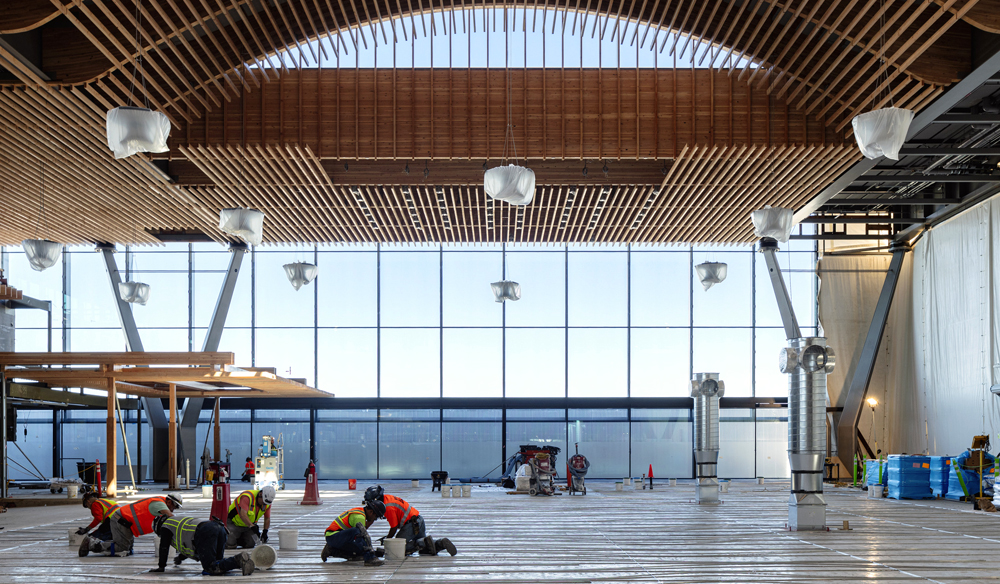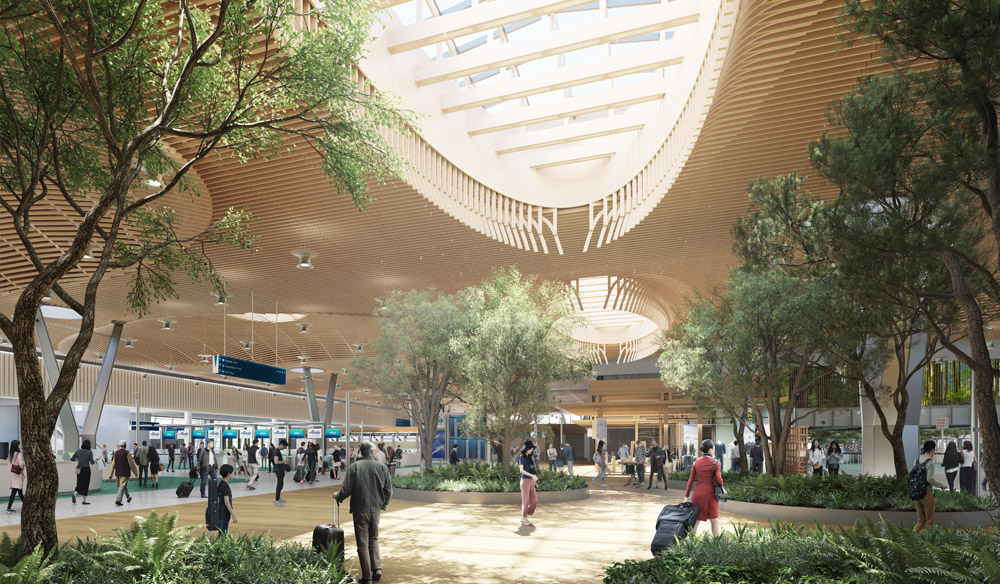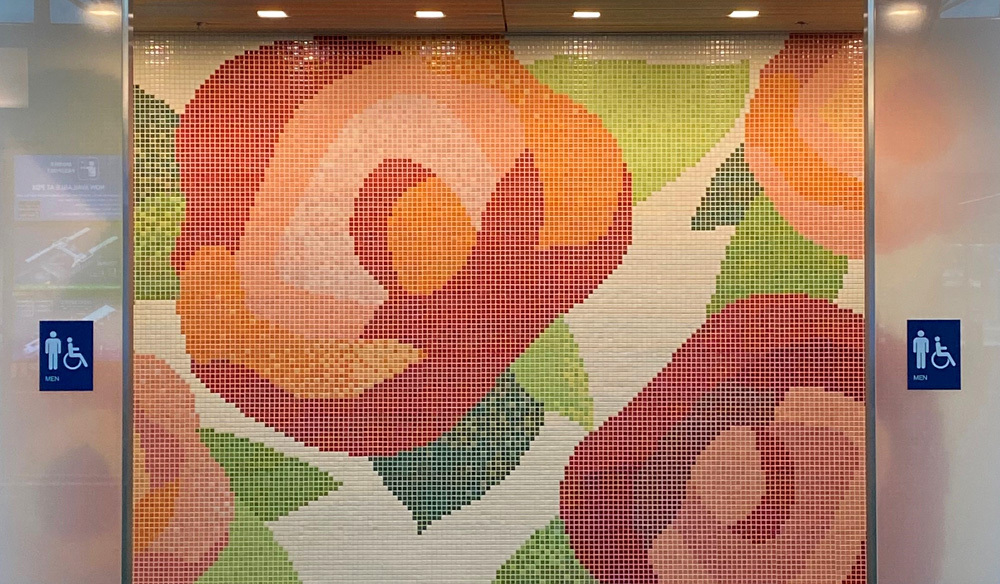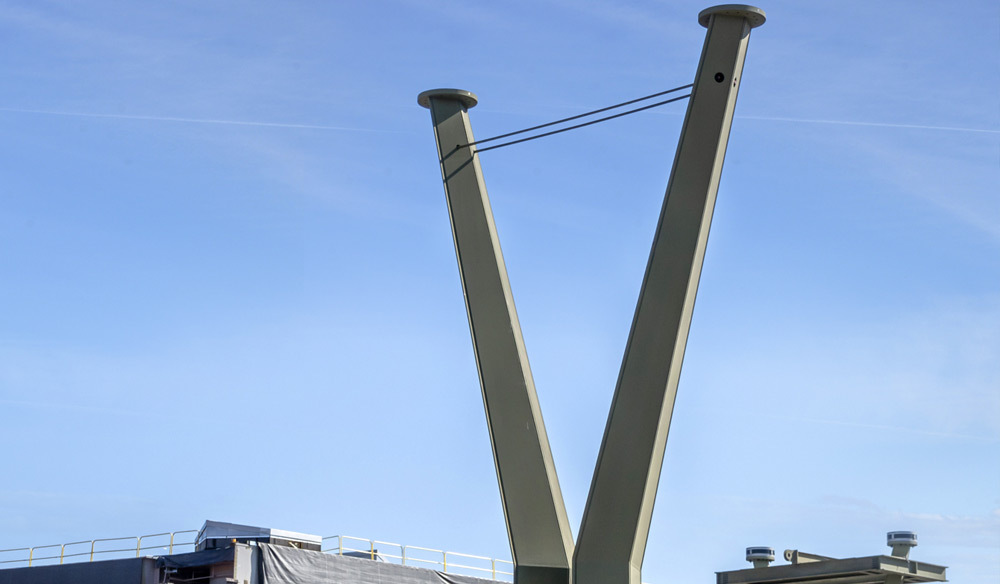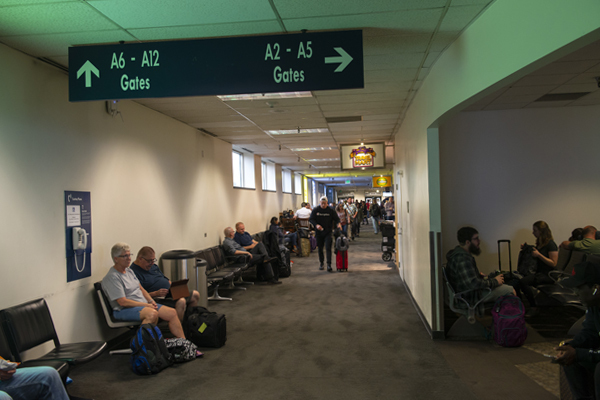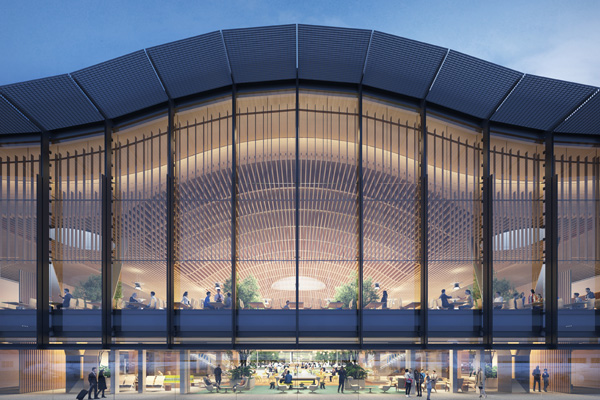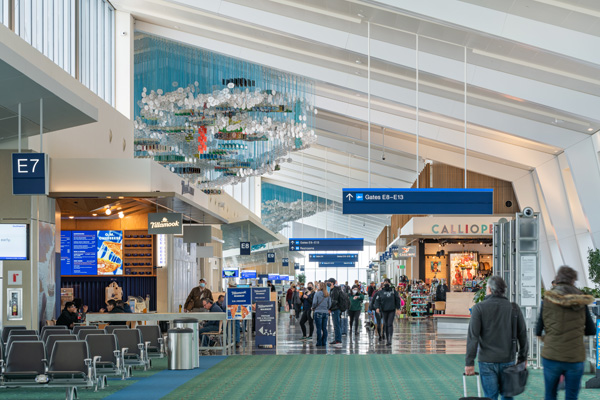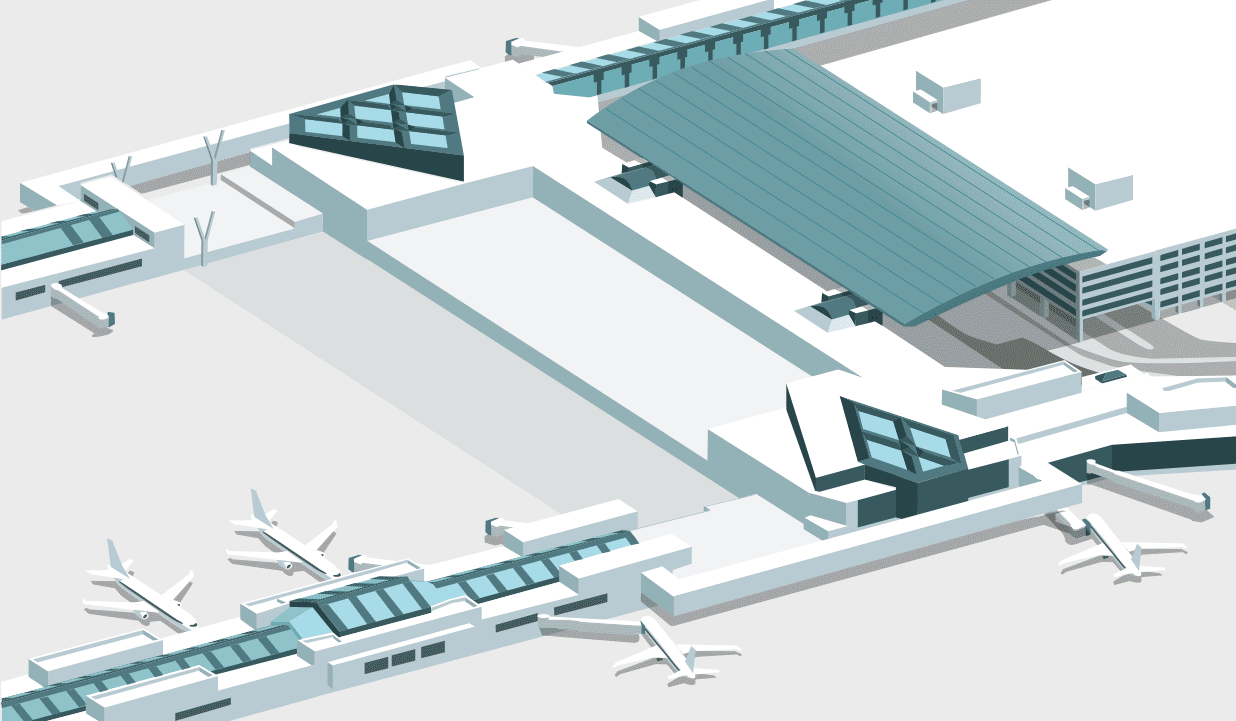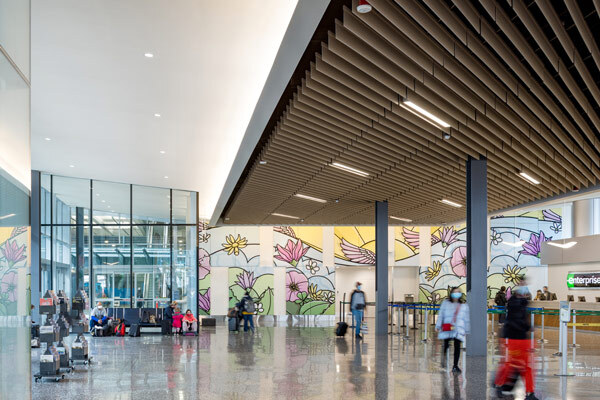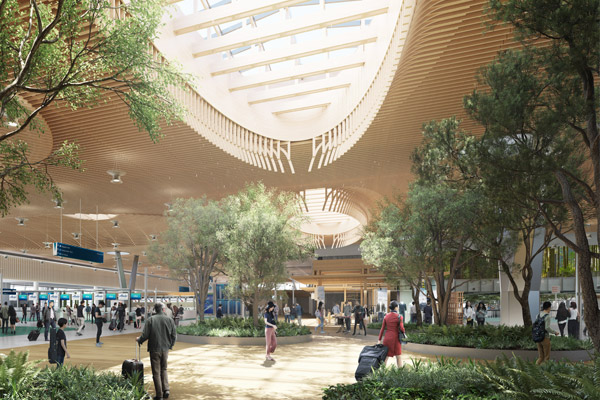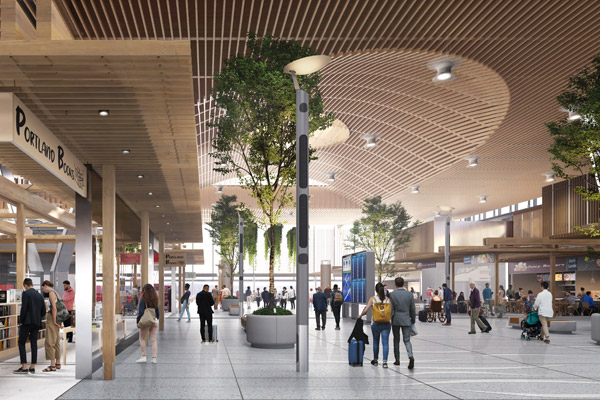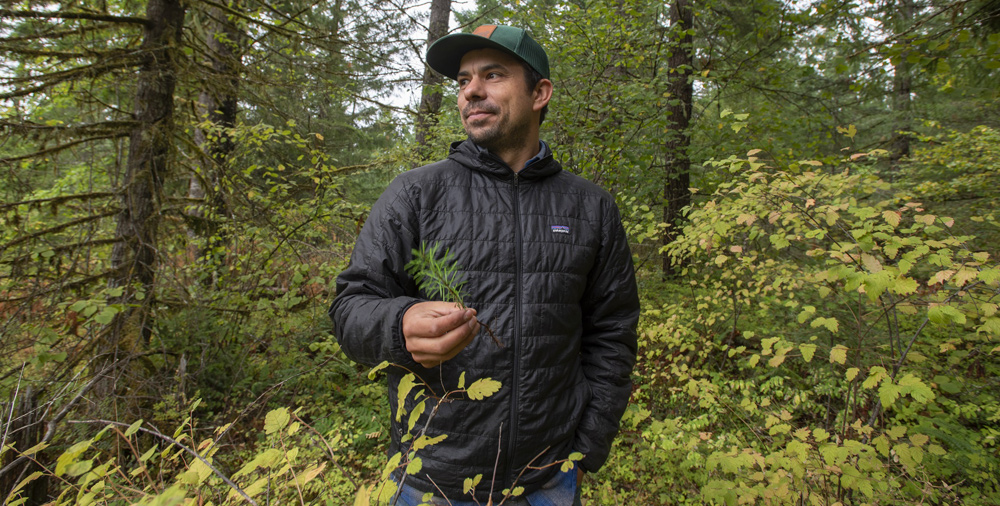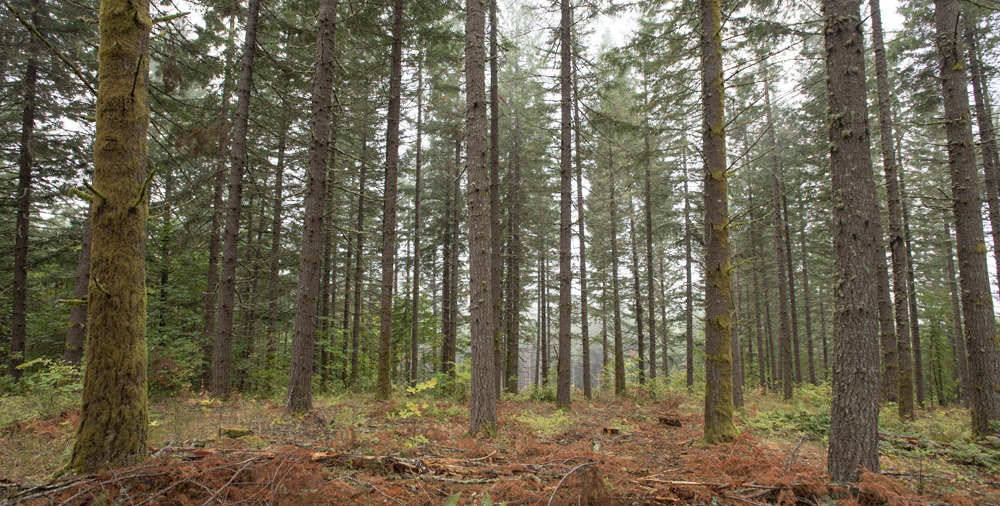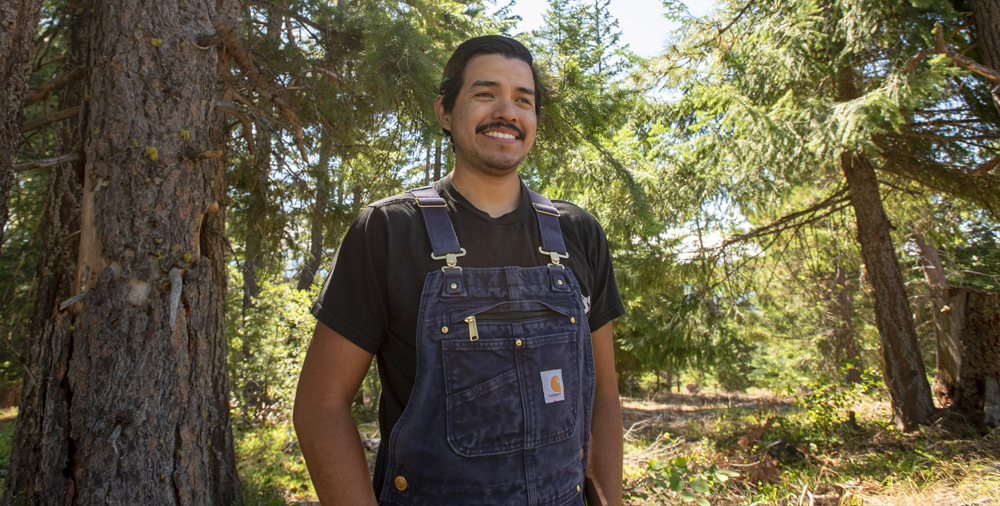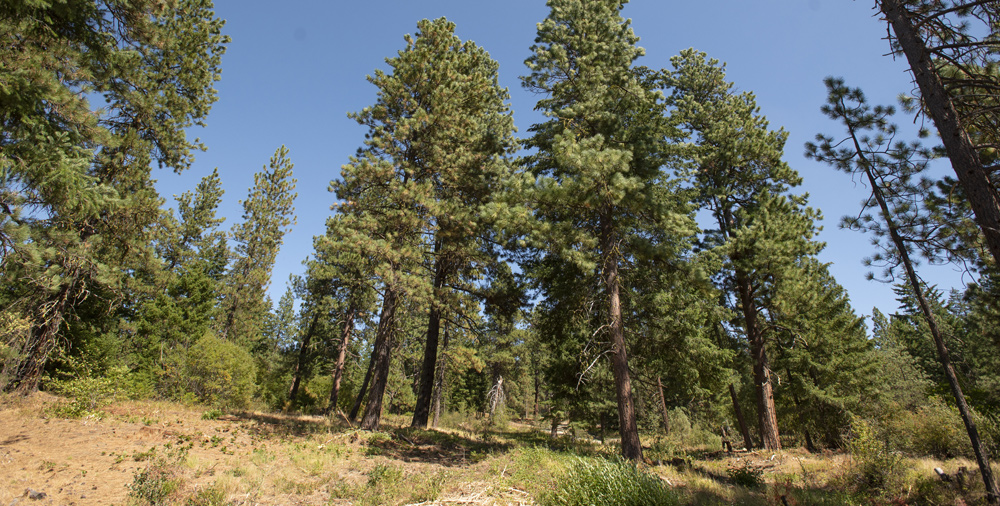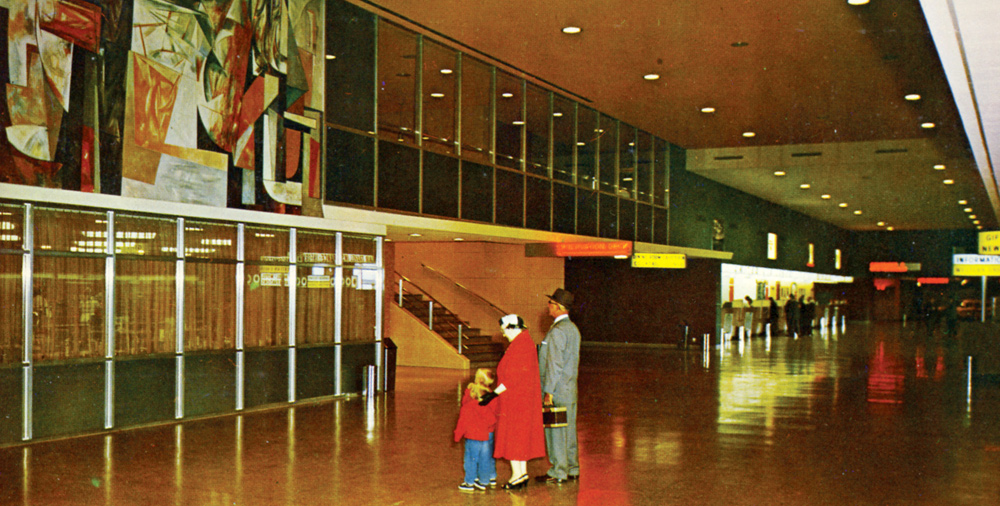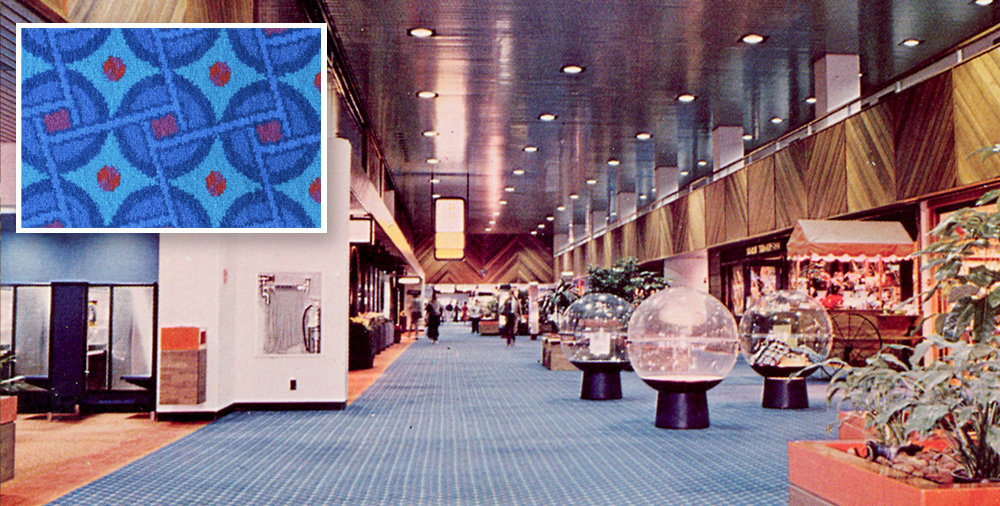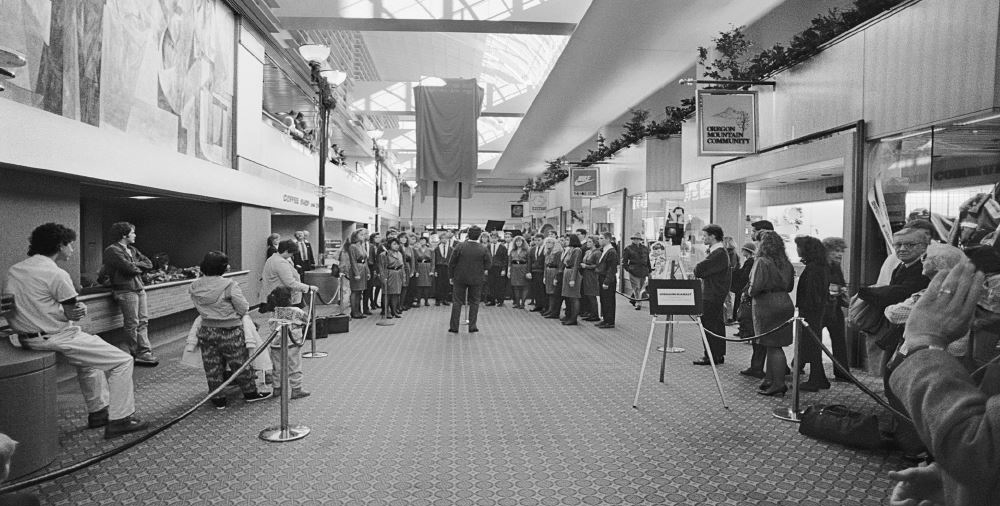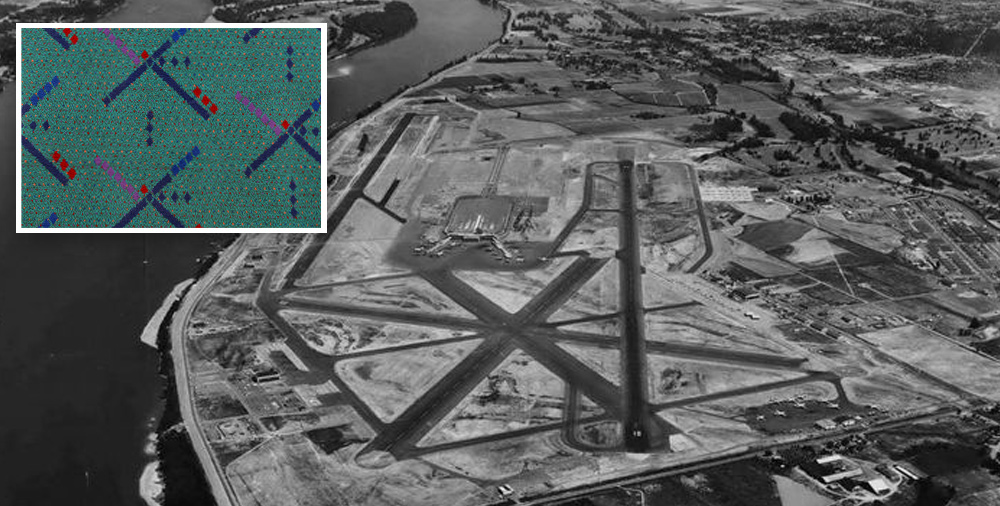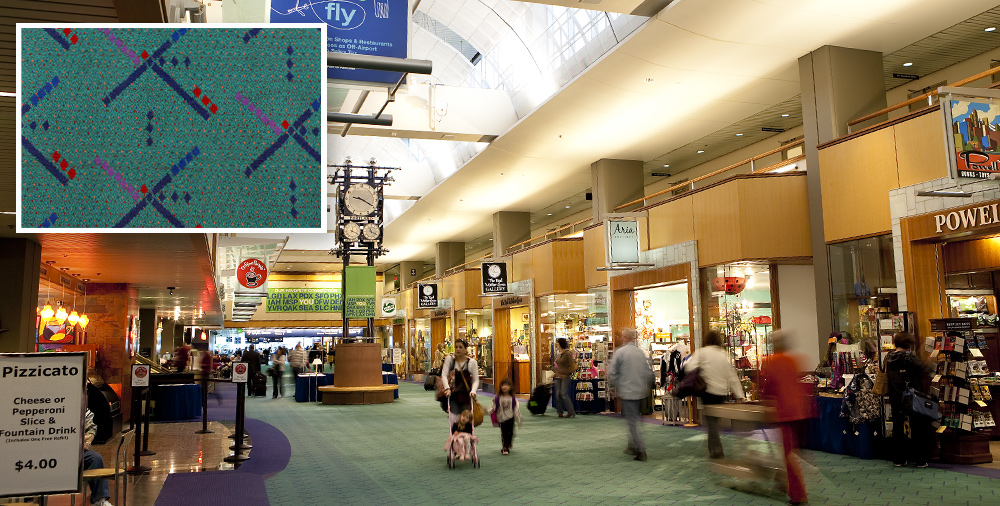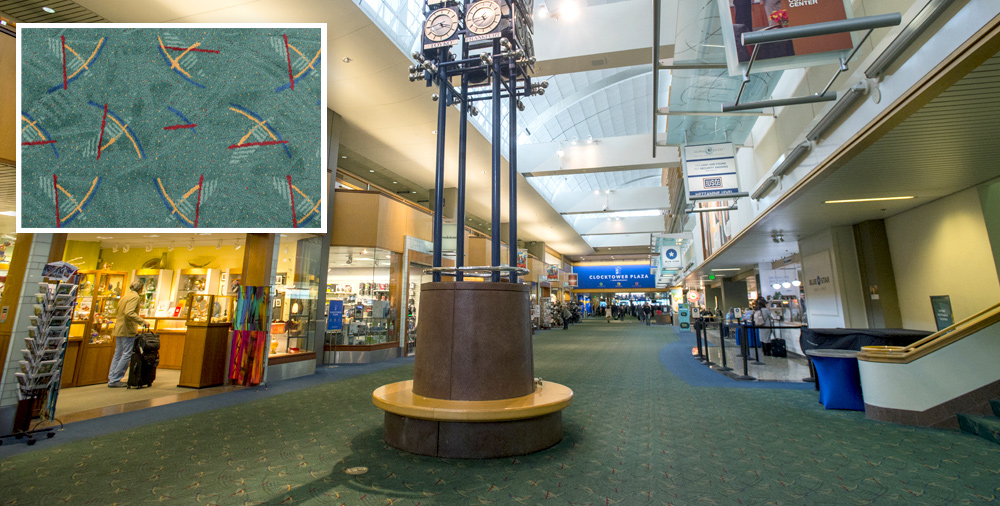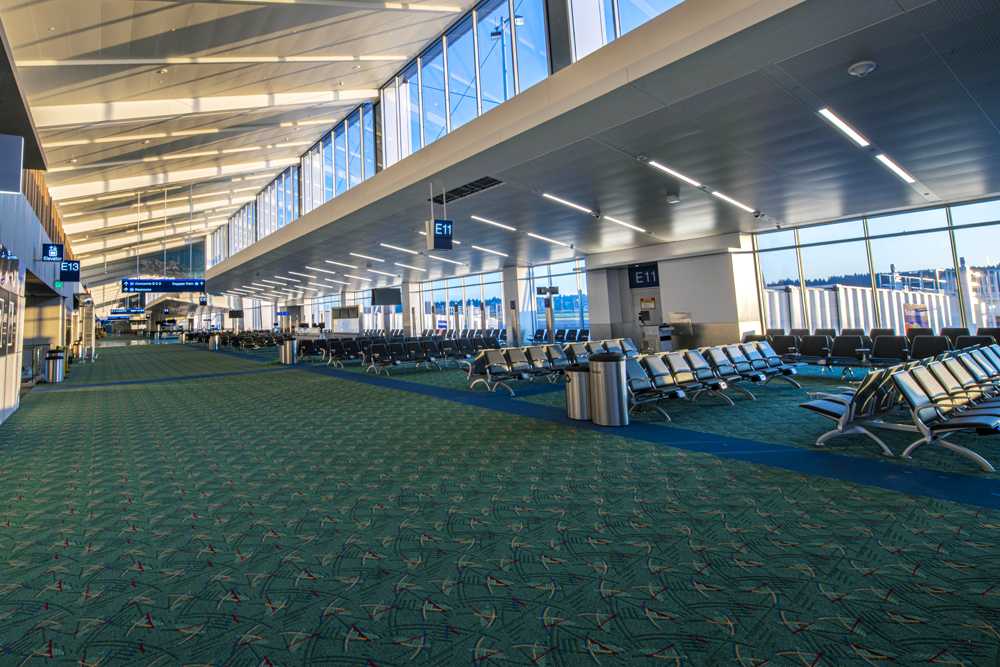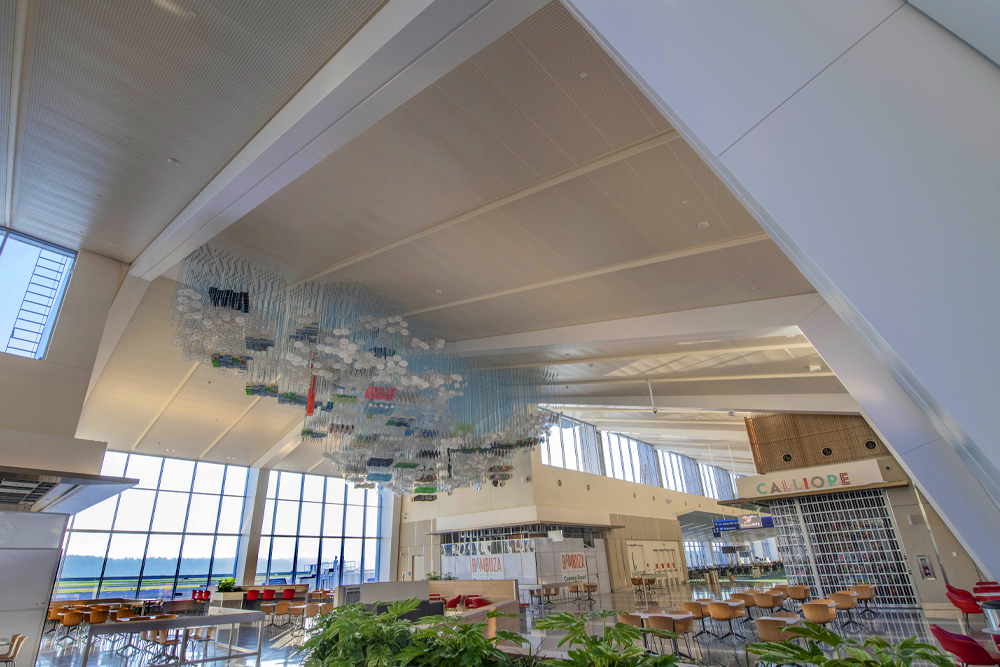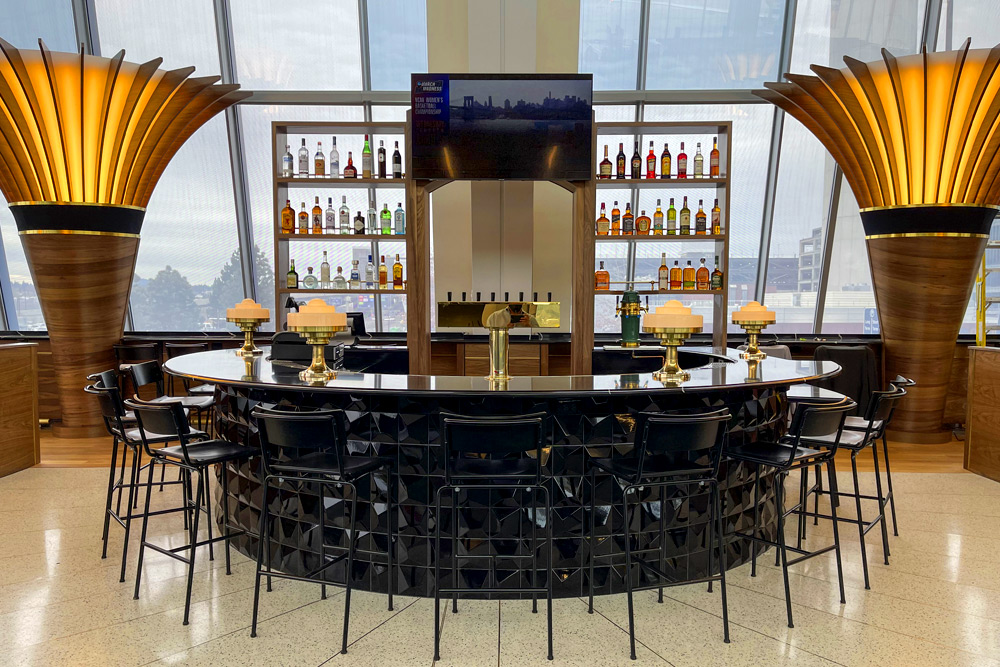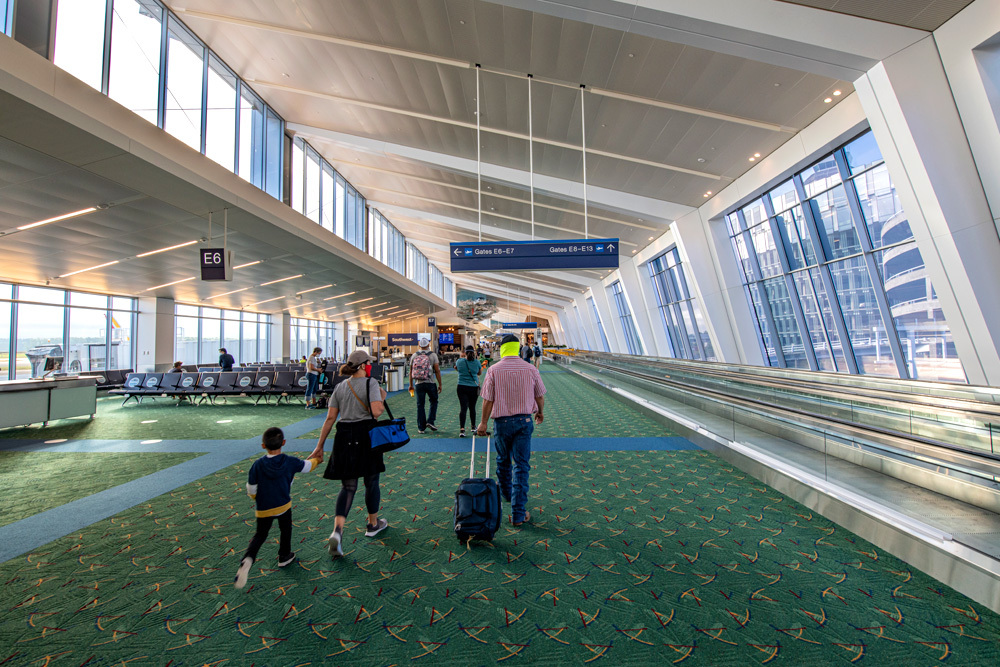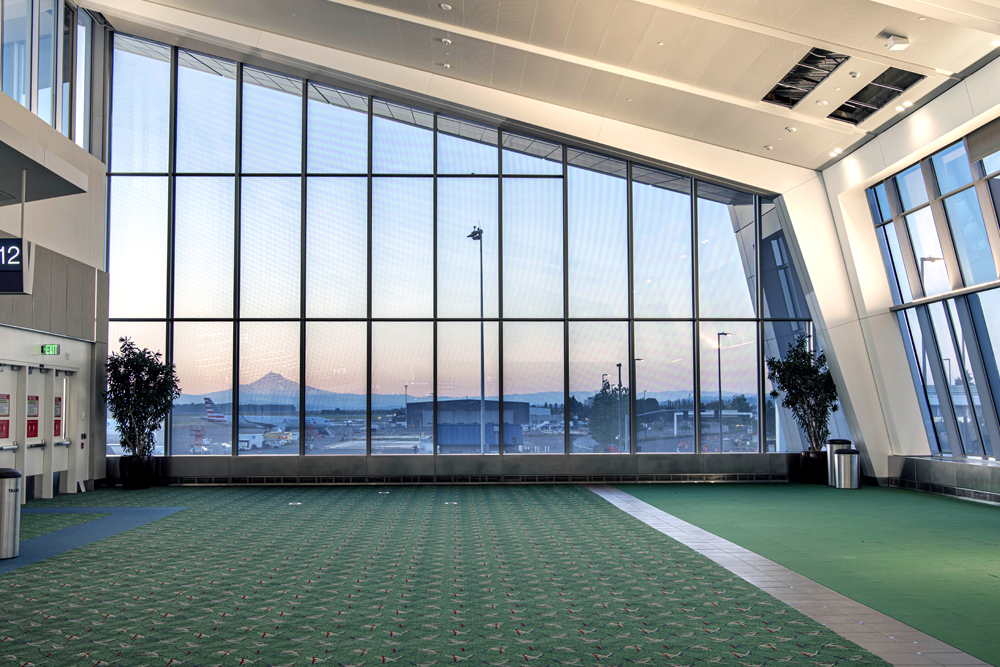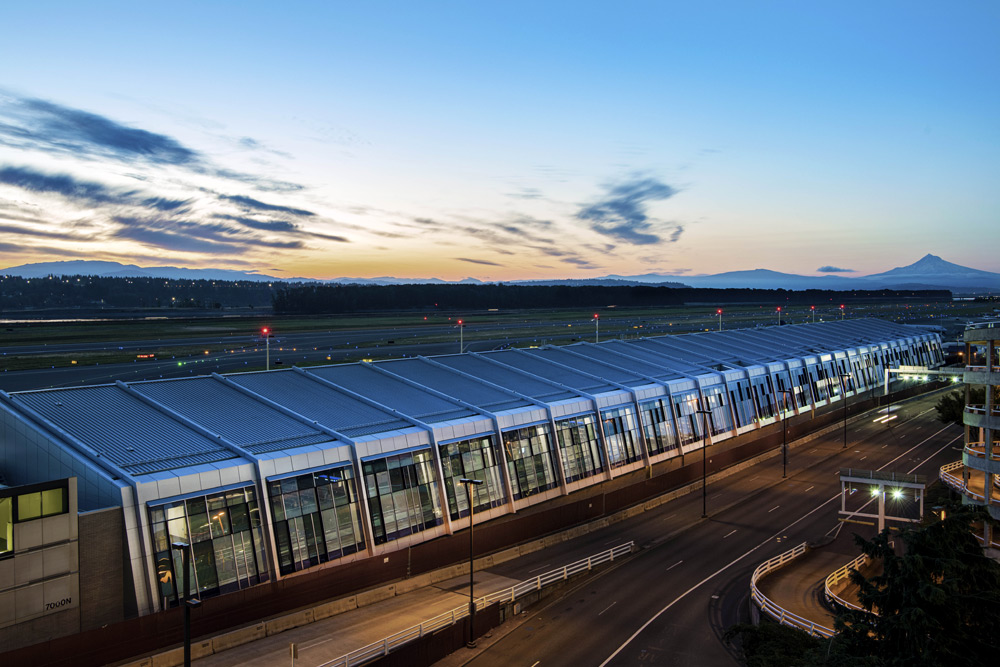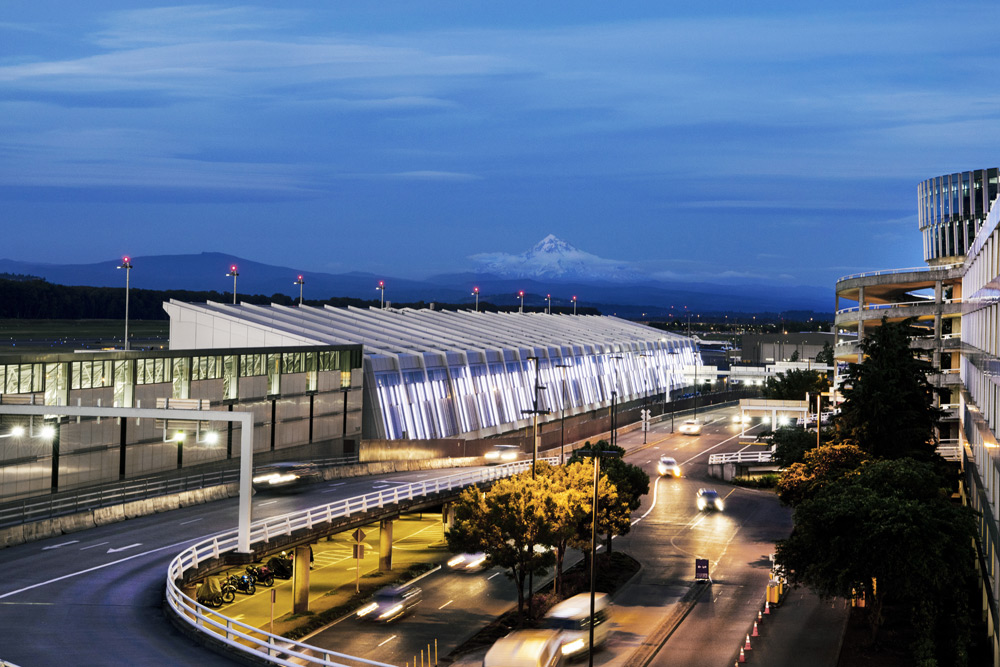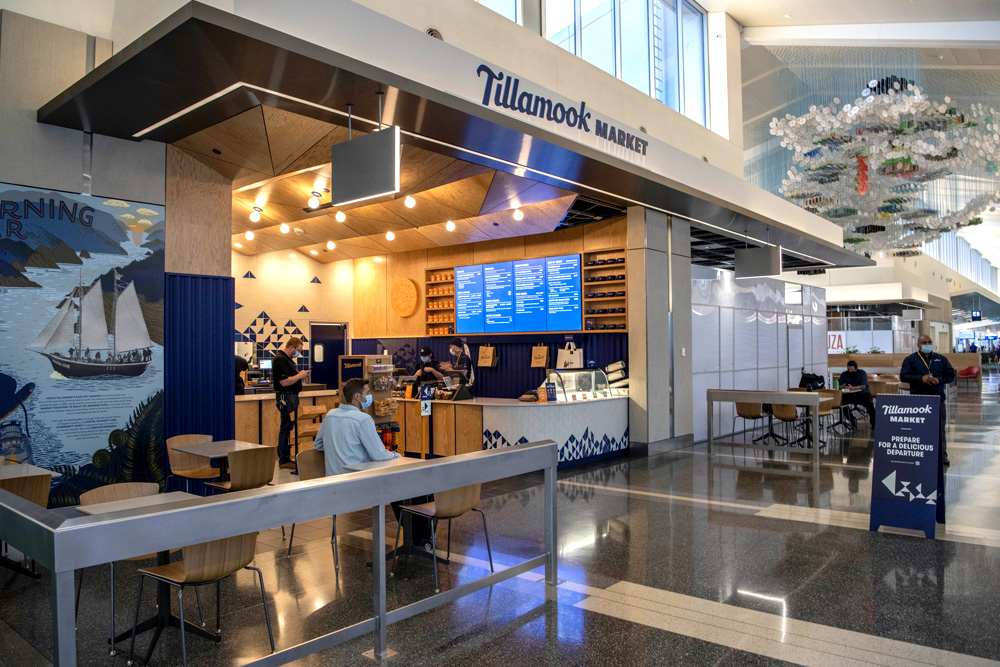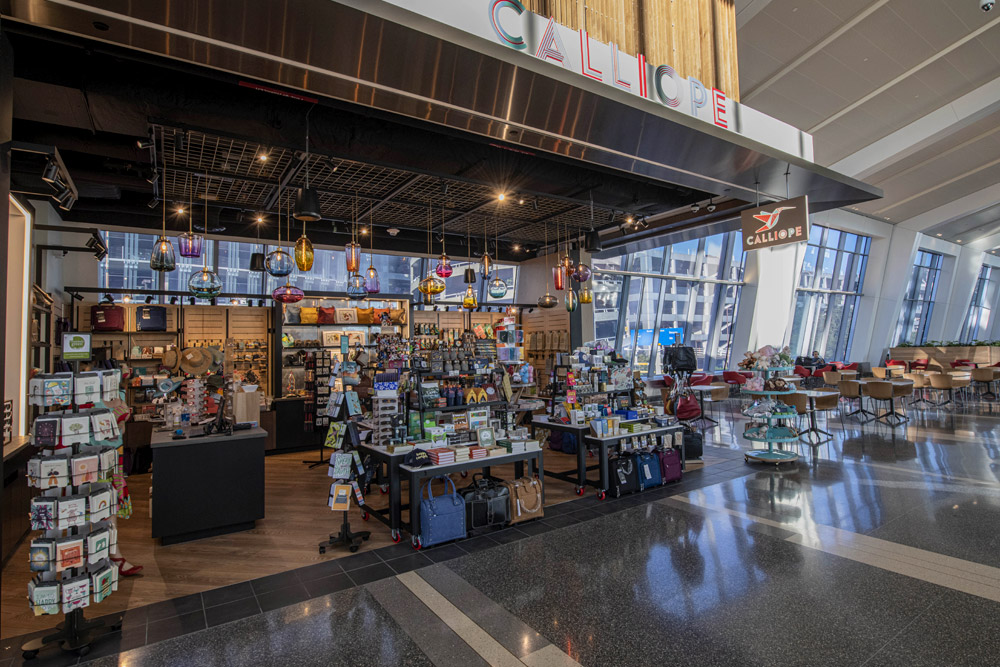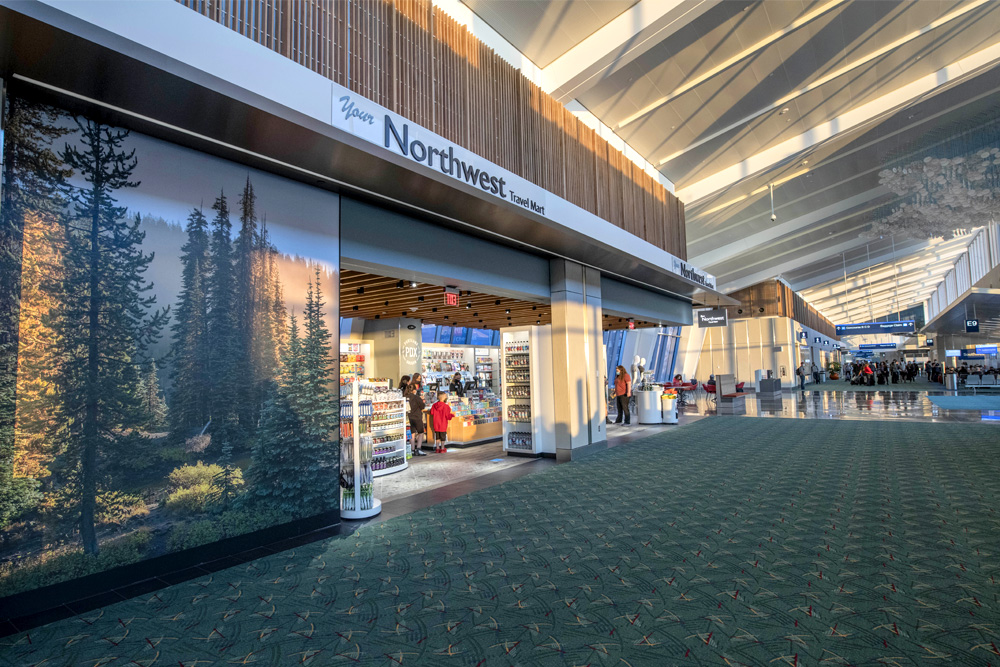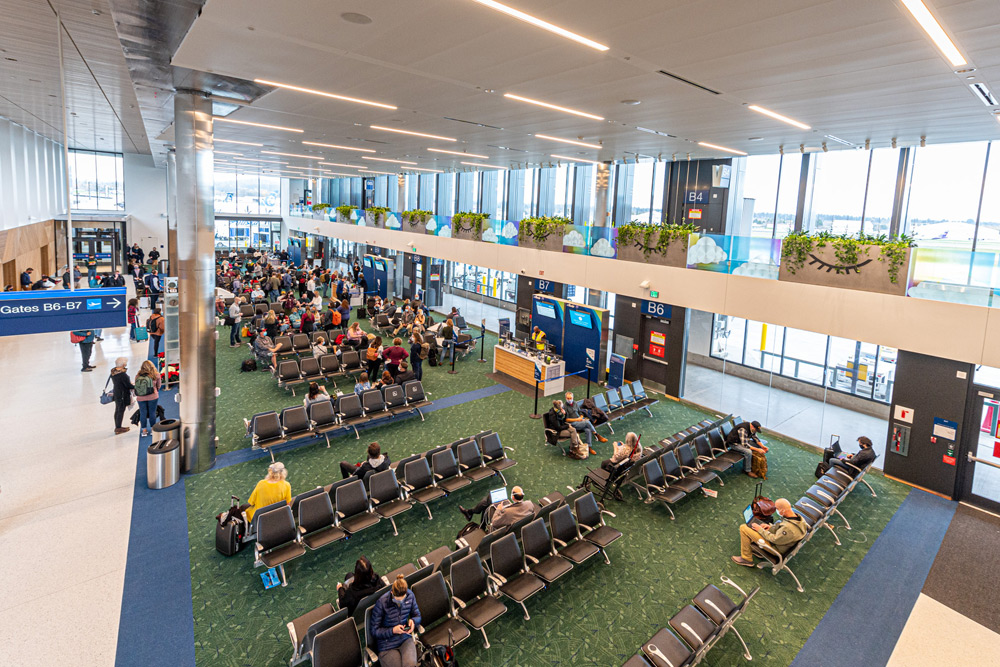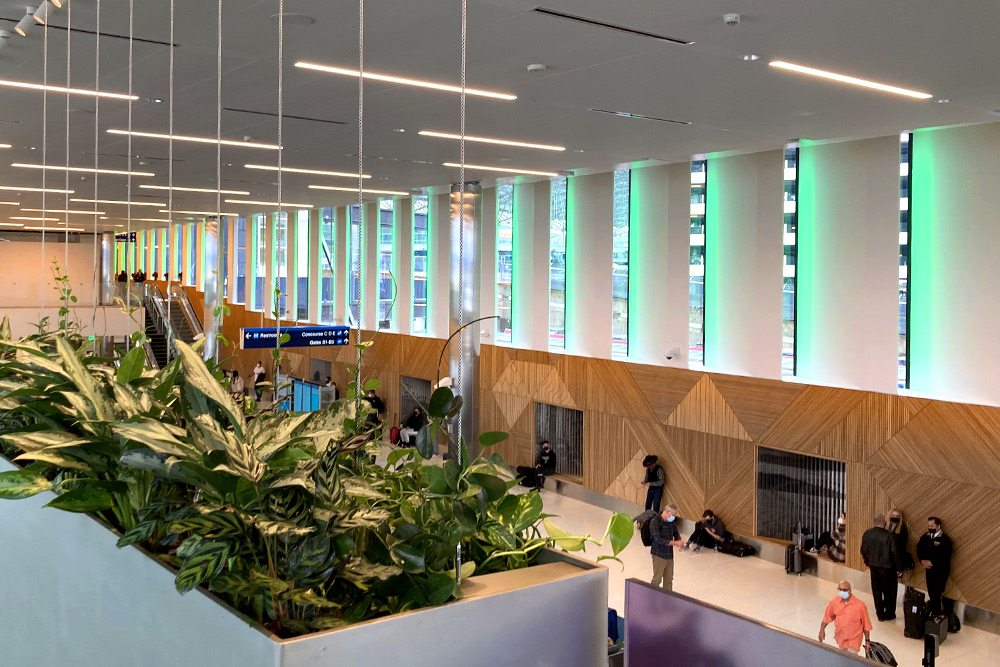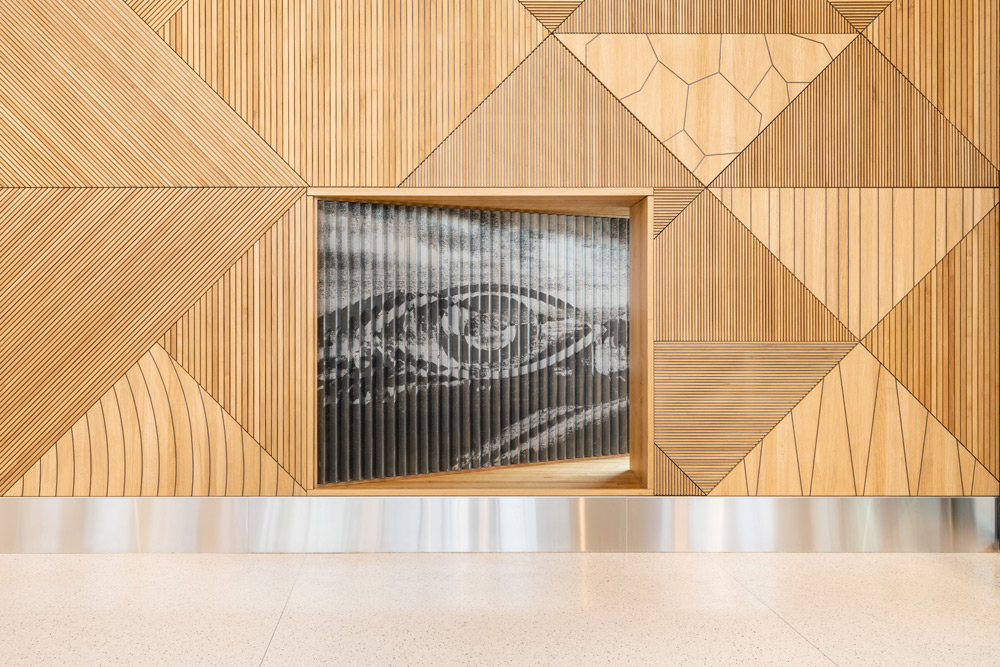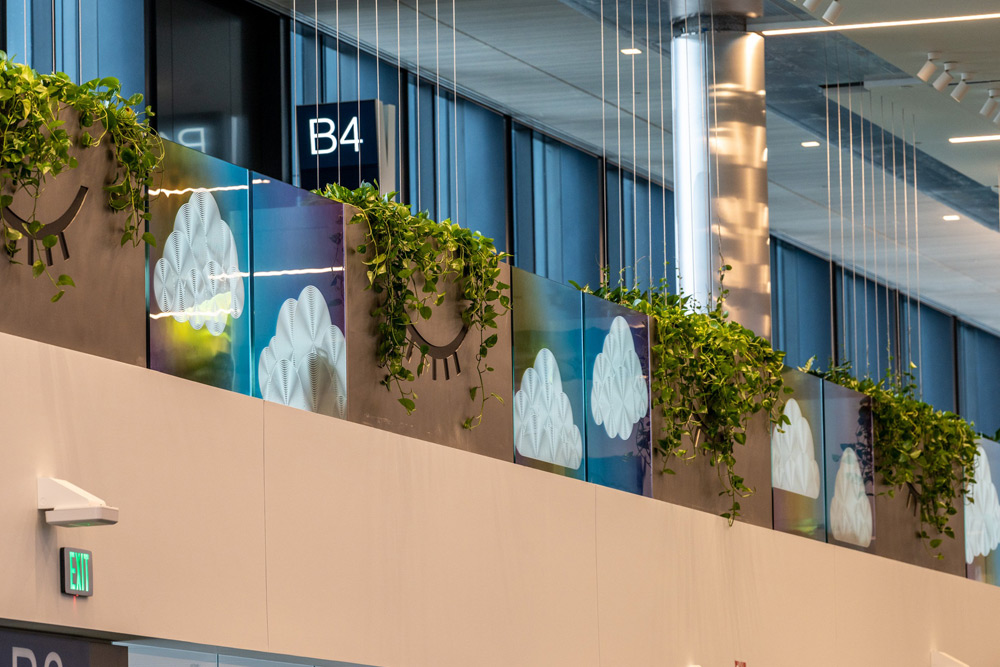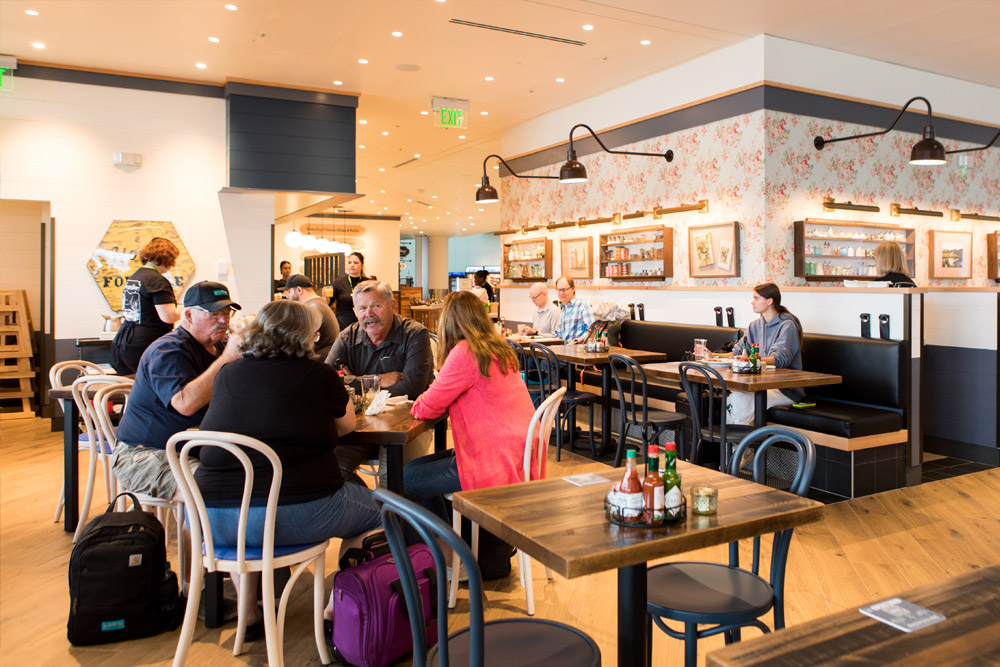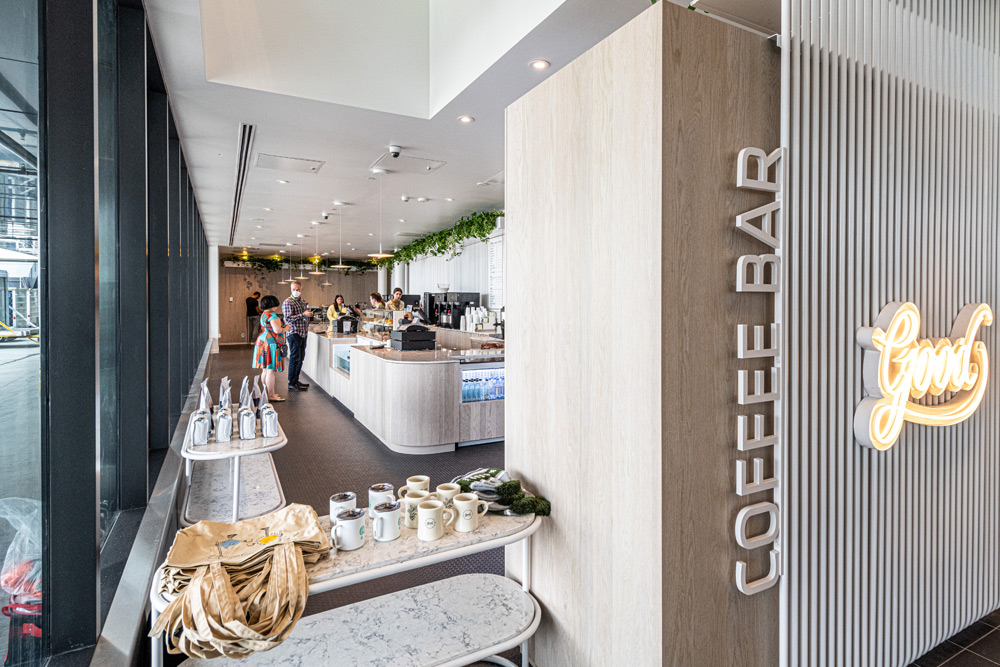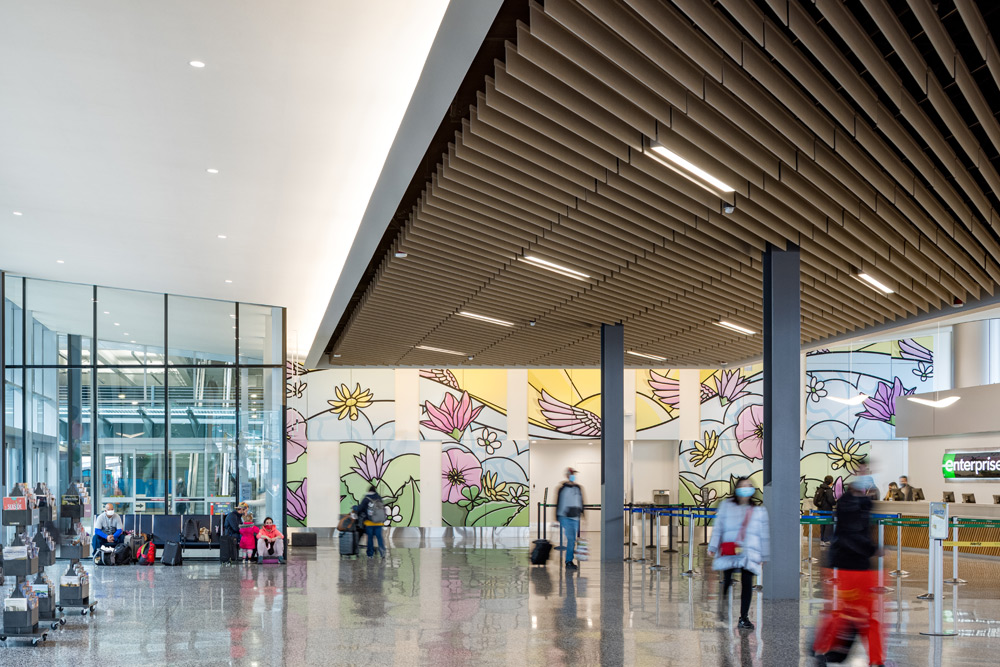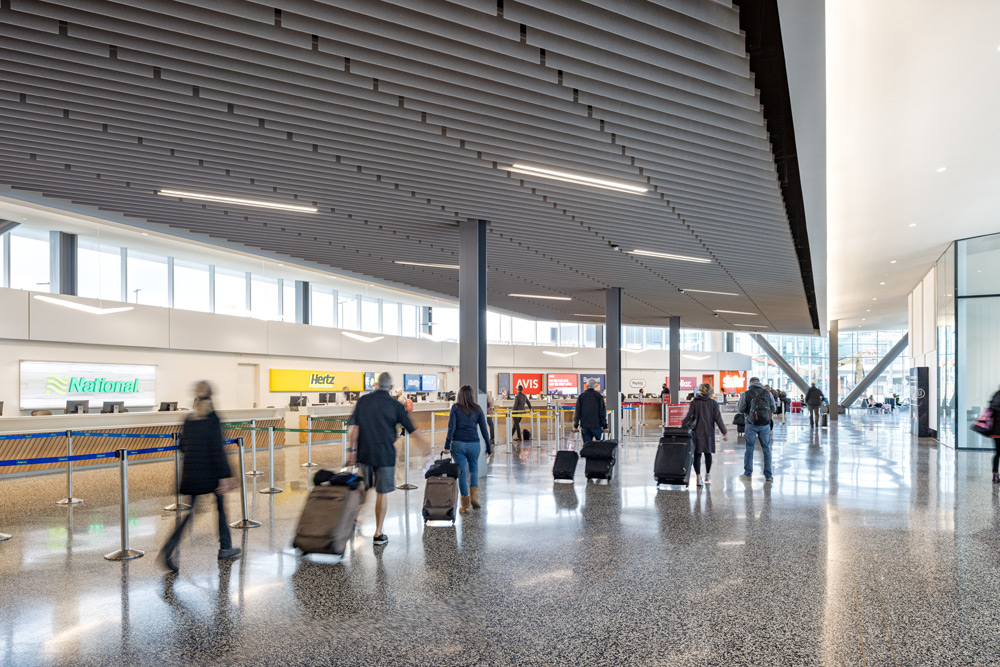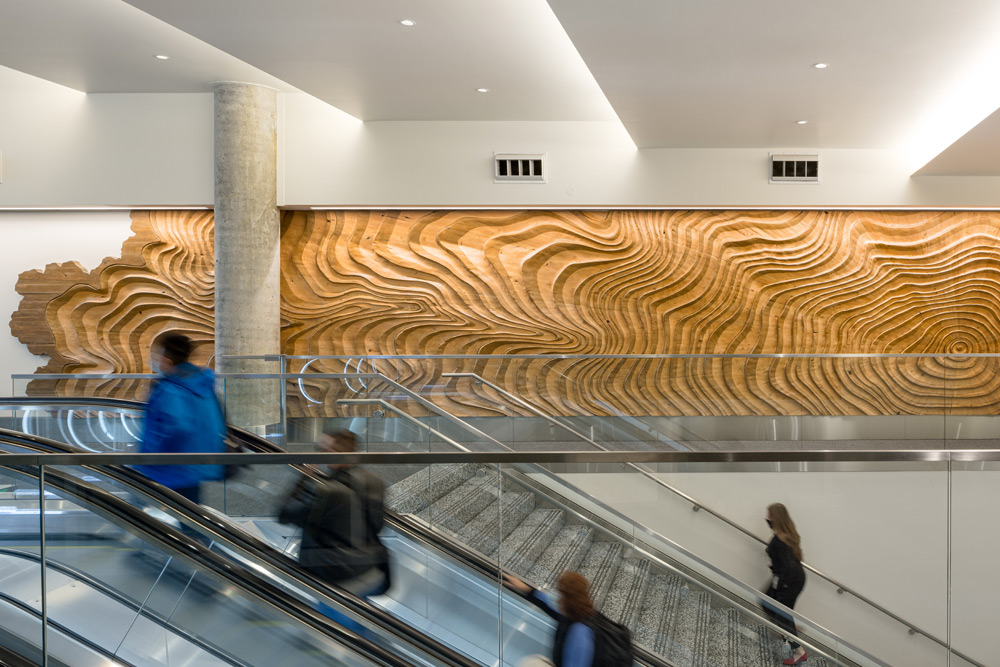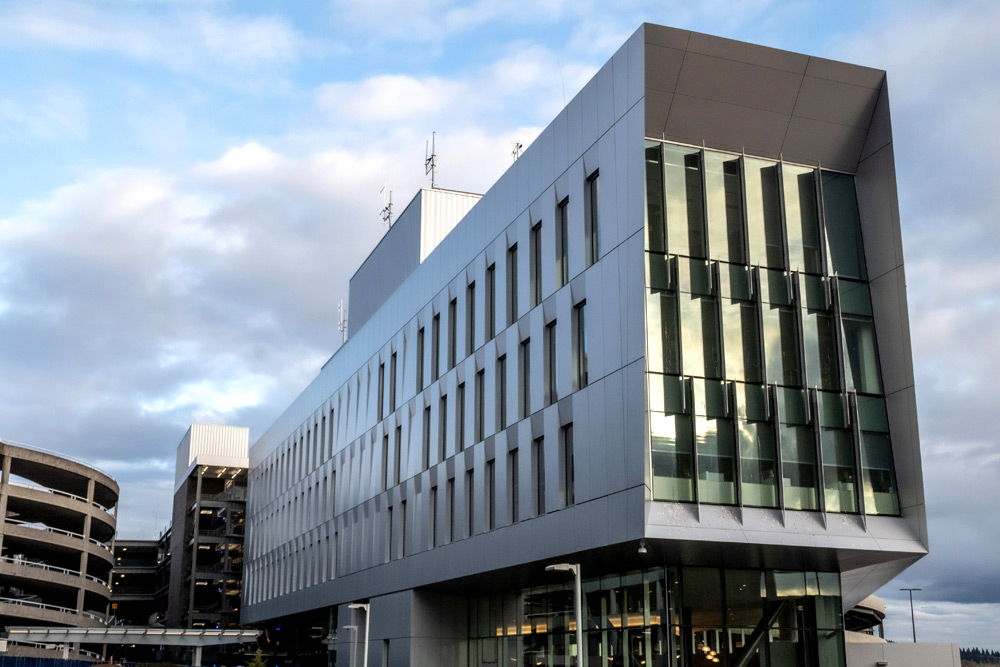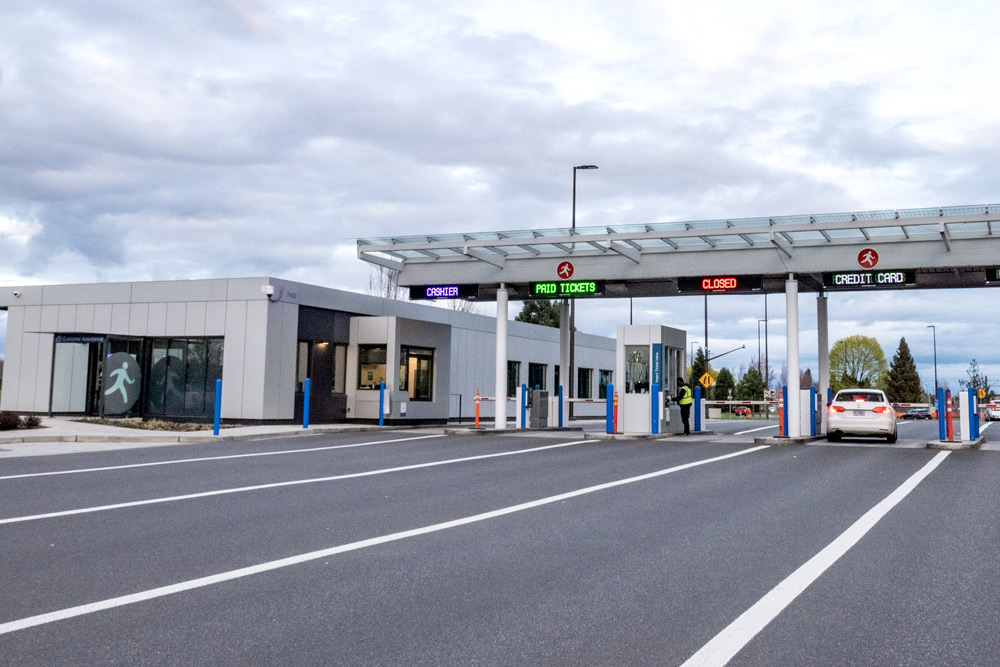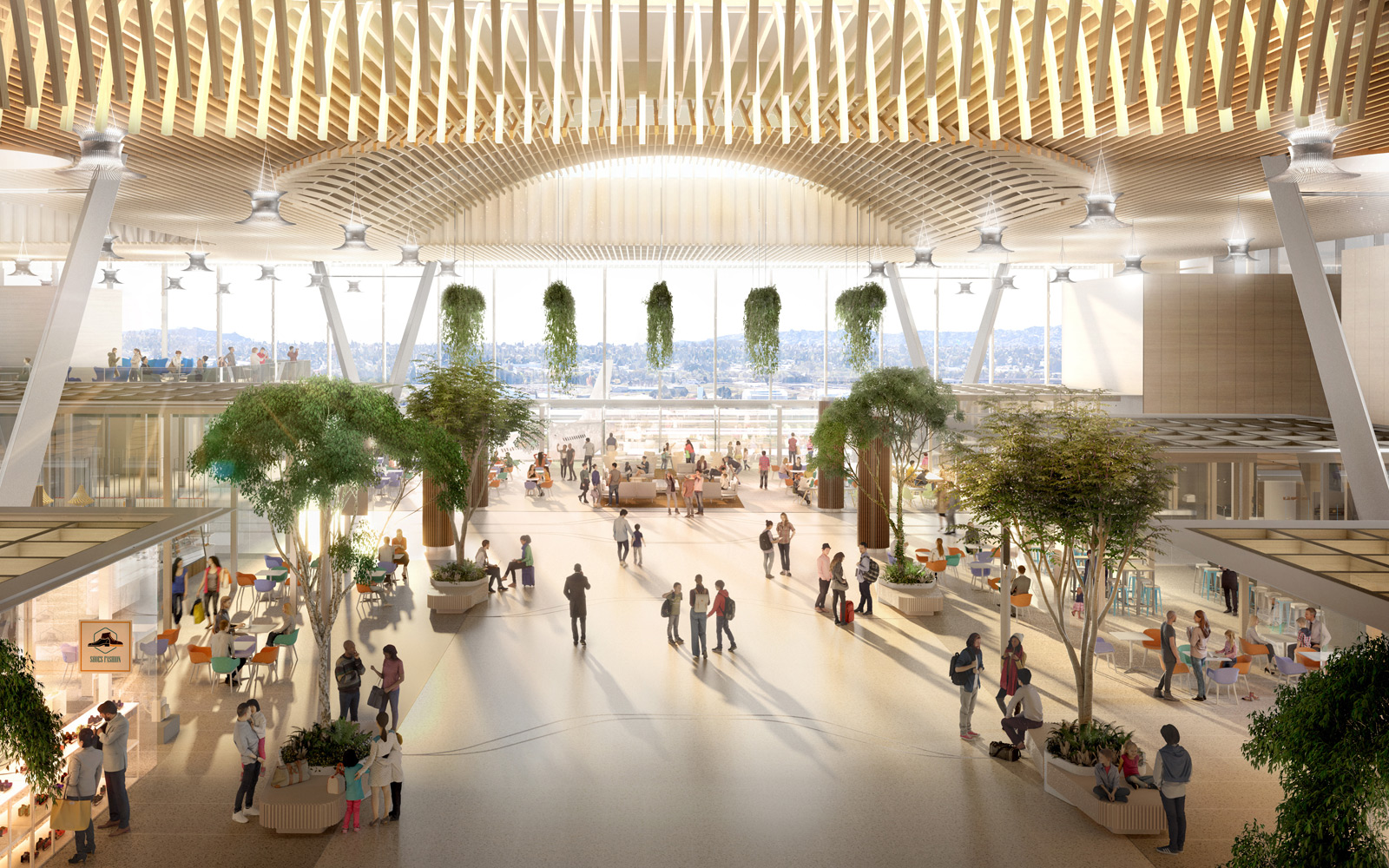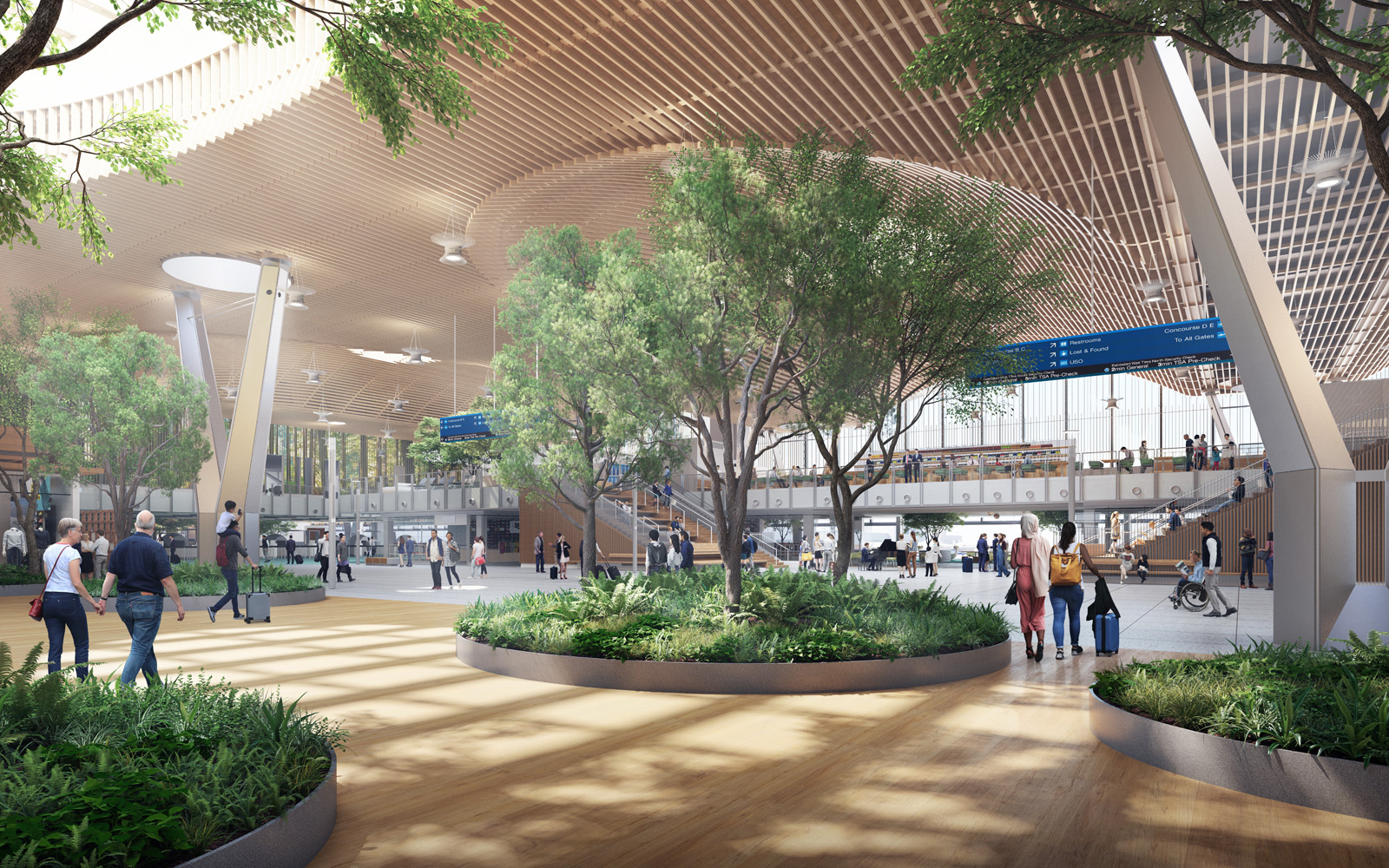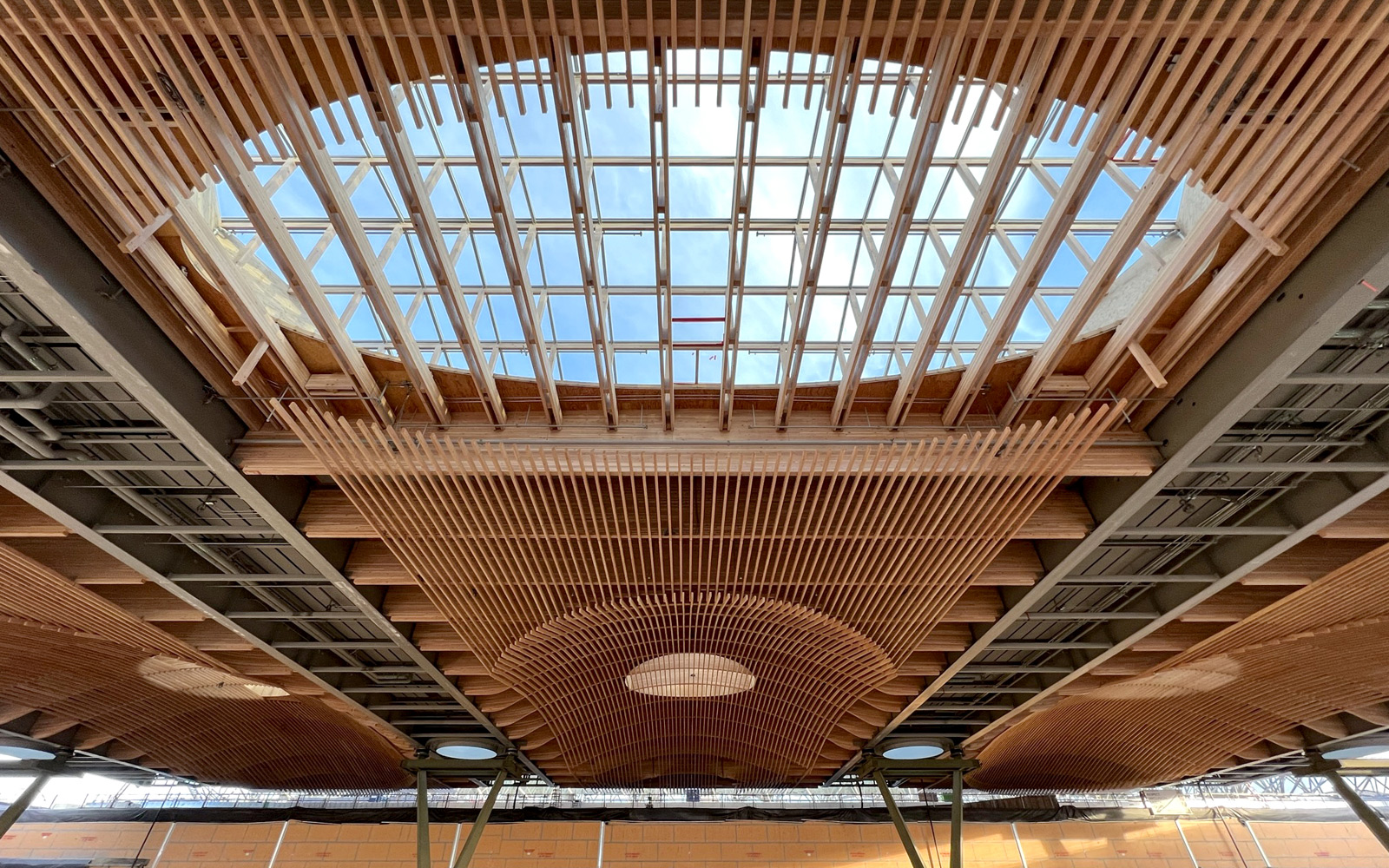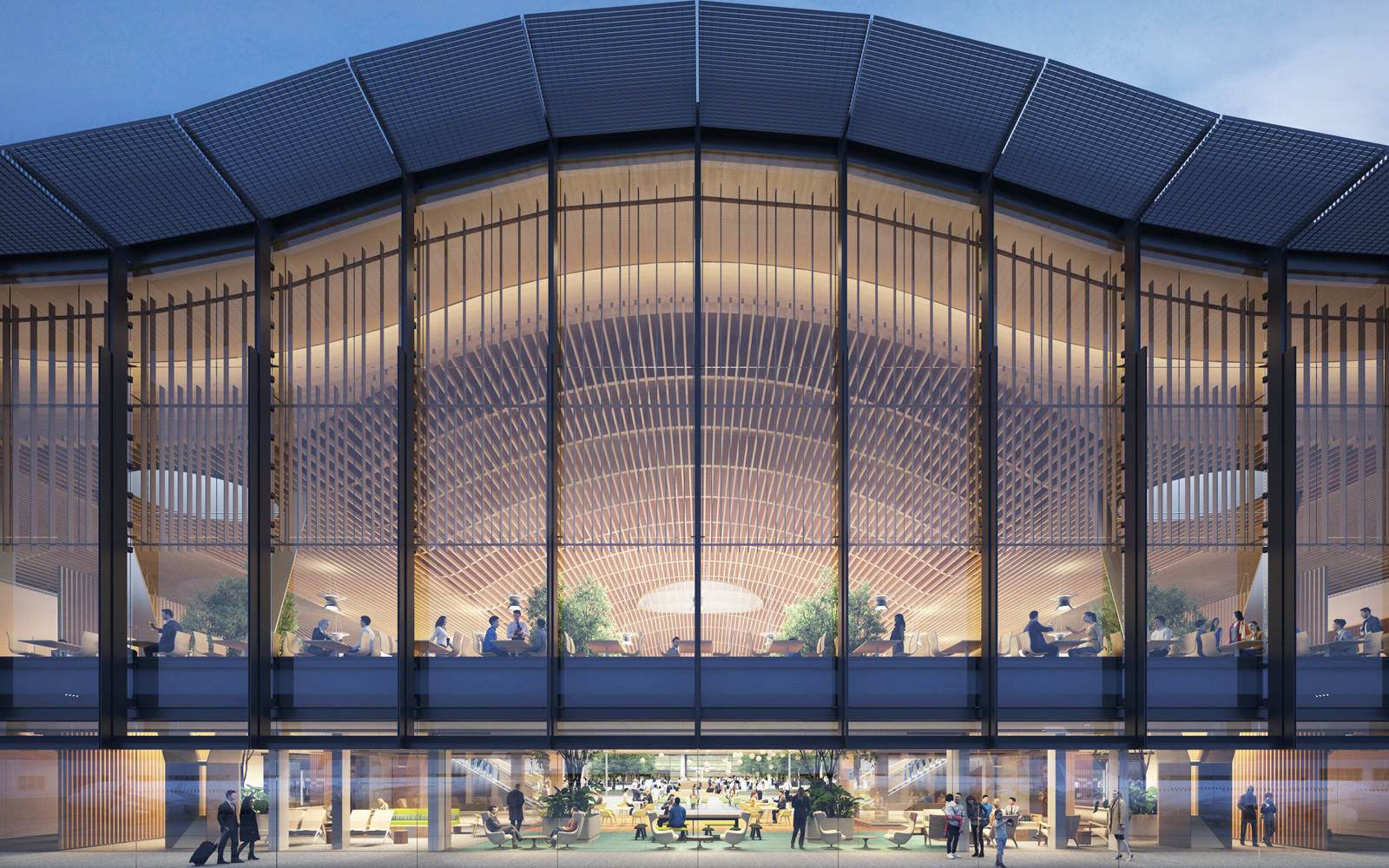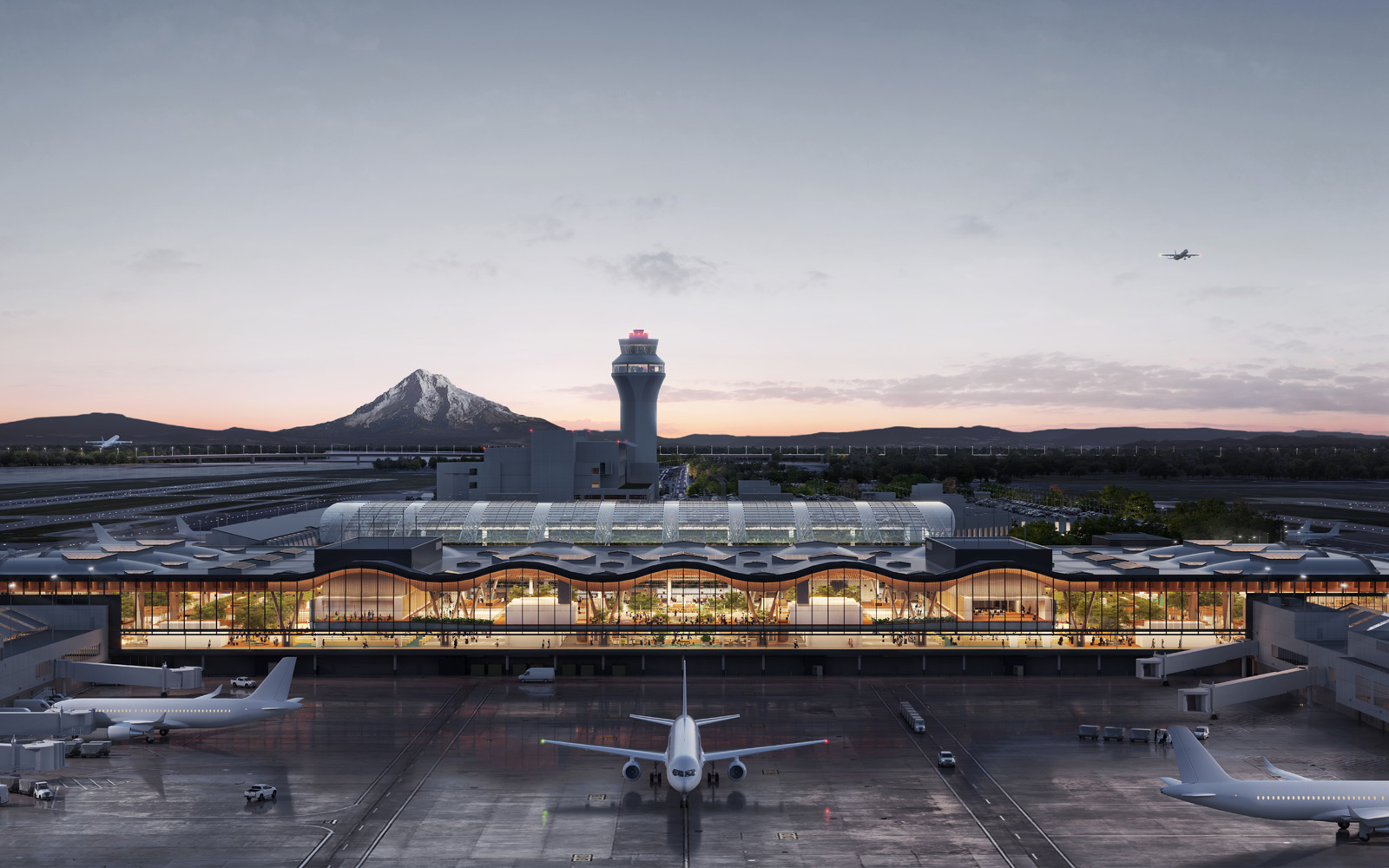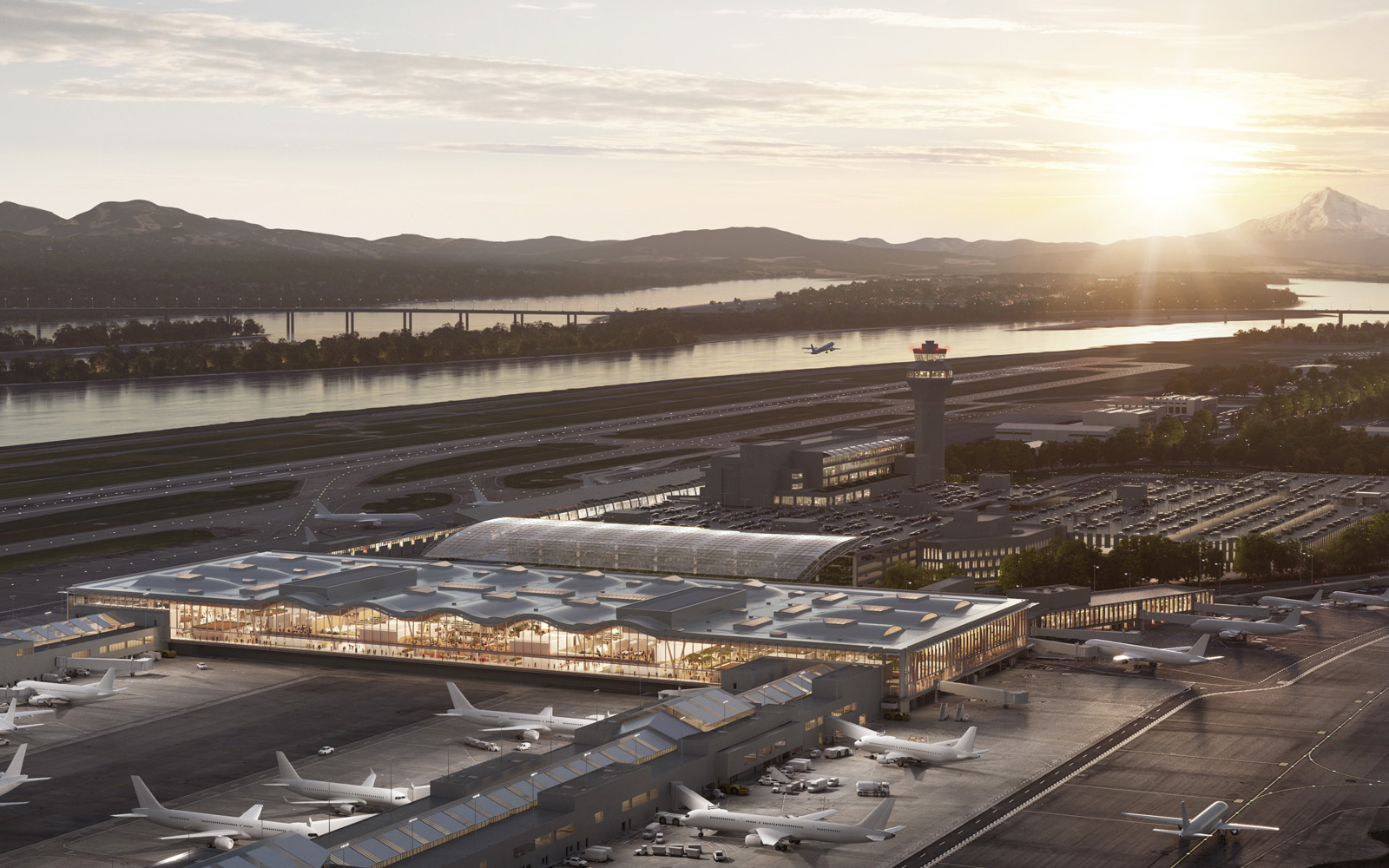We Pacific Northwesterners have a certain reputation for committing to environmental sustainability. Driving at 55 to save gas—in a 60-MPH zone. Giving our used hair ties and yogurt tubs away on our neighborhood's Buy Nothing Facebook group. Can you compost it? We'll sure try!
When it comes to pursuing energy efficiency in the name of sustainability, PDX is just like your household, only ... a lot bigger.
We all know that it takes a lot of energy to move people and goods in the sky, so we’re always looking for ways to save energy on the ground. The architects and engineers who designed the new main terminal have enabled us to increase its size by 40% while cutting the energy the building needs per square foot by more than half. We’re also installing one of the largest heat pumps in Oregon.
Here’s how we’ve scaled your household efficiencies way, way up:
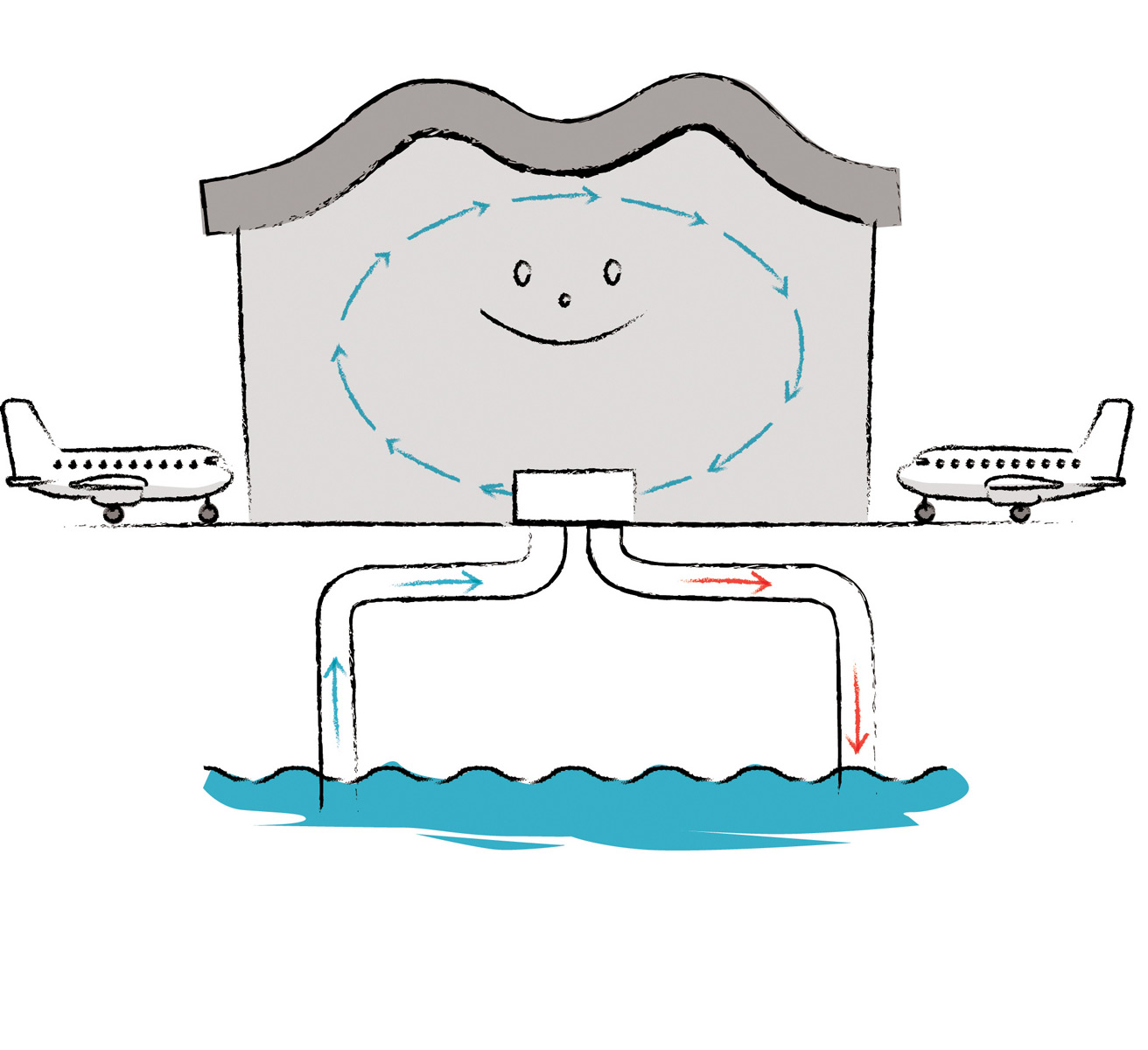
Installing a heat pump?
So are we! Only ours taps into the aquifer to heat and cool the airport.
PDX’s heating plant, powered by natural gas and oil, currently uses steam to heat the airport. That will change in 2025, when our new ground-source heat pump is up and running.
PAE has designed one of the largest heat pumps in Oregon, which we’re in the process of installing. The system uses electricity to pump 55-degree water from the Troutdale Sandstone Aquifer through heat exchangers. Then it sends the water back 500 feet below the earth’s surface—without bringing the groundwater into contact with anything that could contaminate the aquifer.
The result: Cutting the heating plant’s use of fossil fuels by 90% and halving our energy costs.
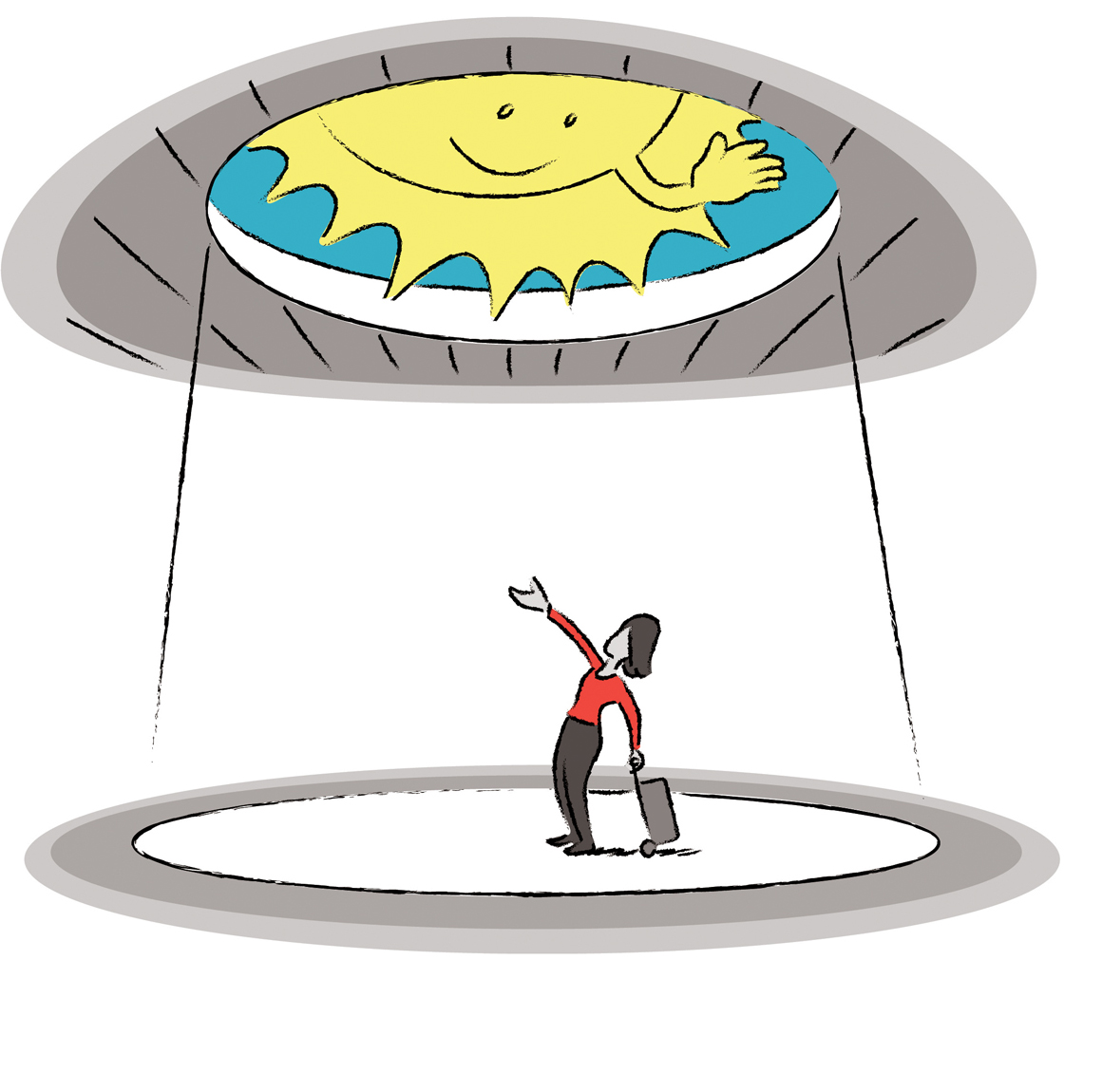
Never leave a room without turning off the light?
We've wrapped the main terminal in windows so the sun does all the work.
According to Jake Dunn, sustainability coordinator at ZGF Architects, the new main terminal will be lit by approximately 7,800 LED bulbs. That sounds like a lot of wattage, but it’s 50% fewer lightbulbs than the Oregon electrical code limits. The sun makes up the difference — thanks to 50 skylights and a 36-foot-high window wall.
Not only will daylight illuminate 60% of the terminal (even under January's cloudy skies), we’ve made the windows out of high-performance glass to reduce the heat from solar rays. ZGF has strategically placed steel trellises on the exterior, as well as vertical “fins” and lattices all around, to block the strongest rays during certain times of day.
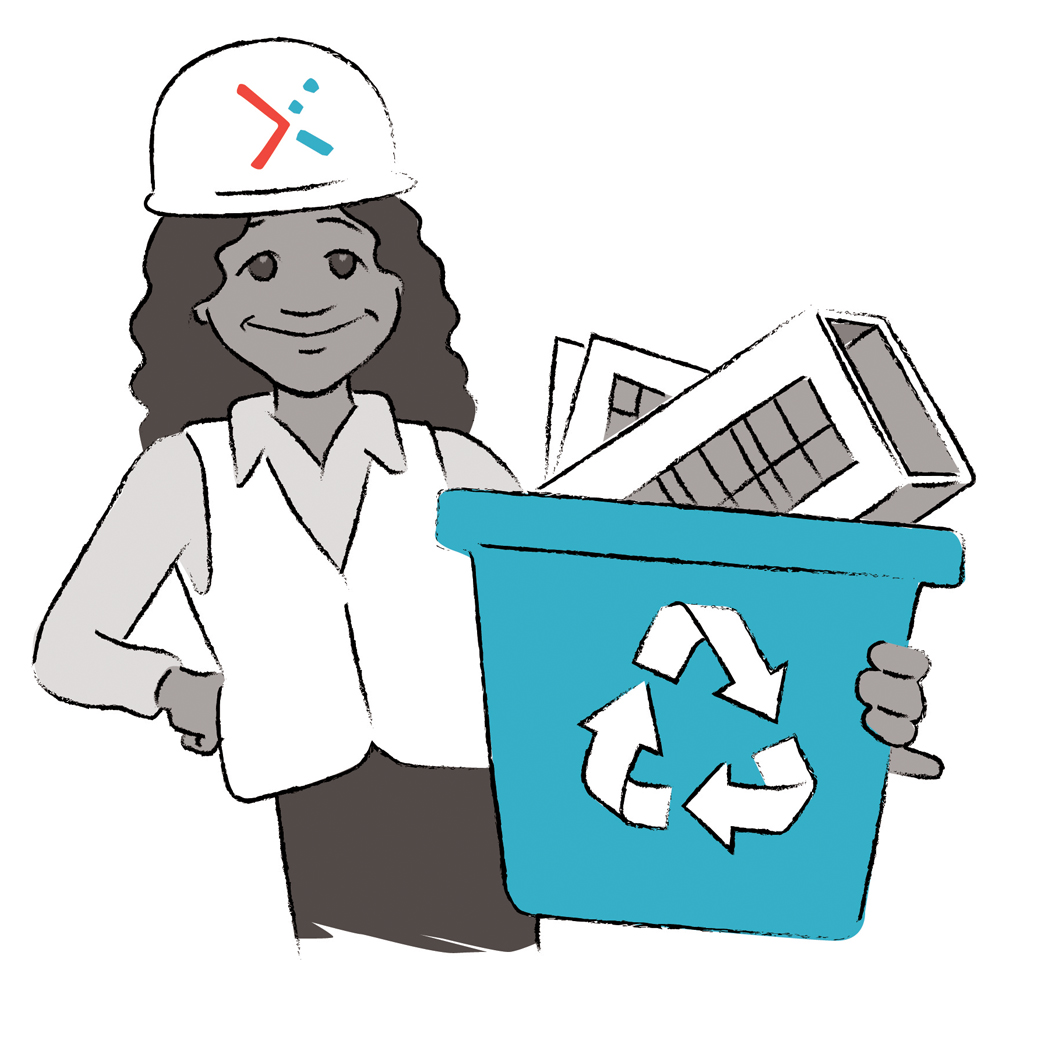
Do you buy reclaimed building materials from the ReBuilding Center?
We’re upcycling the old main terminal and building a new one around it.
We’ve built the main terminal’s new, nine-acre roof out of local, sustainably sourced wood. What’s even more sustainable than that? Using what we’ve already got.
Rather than build a new main terminal from the ground up, ZGF removed only part of the existing structure, repurposing the old concourse connector and renovating the rest. For the new construction, they chose sustainably sourced wood, “green” concrete, and other building materials. The result of all these choices: reducing the carbon footprint of the materials in the project's structure by 70%.
(Extra: Read how a former ReBuilding Center manager recycled our scrap plywood to make new walls.)

Have you been scoping out low-flow toilets?
We’re outfitting seven multi-user bathrooms with dozens of water-conserving fixtures.
When you’re building an airport capable of welcoming 50% more people a year by 2045, it’s no small matter to pick bathroom fixtures that can withstand constant use—and cut our water bill. The toilets, sinks, and urinals that the engineers at PAE helped PDX test and select require between 15% and 50% less water. In addition, we’ll soon start using our own well water to flush the toilets and urinals.
By the time 35 million people a year travel through PDX, each visitor will use 50% less water from Portland’s potable-water supply.

